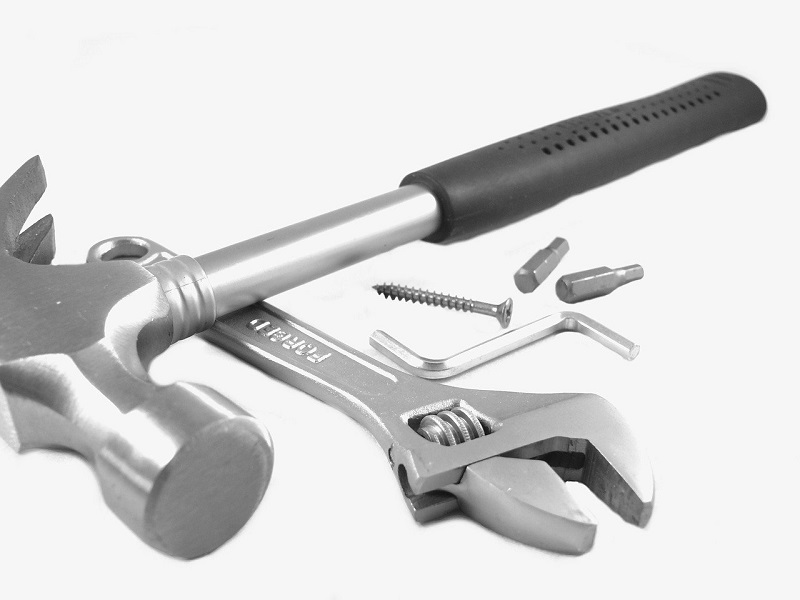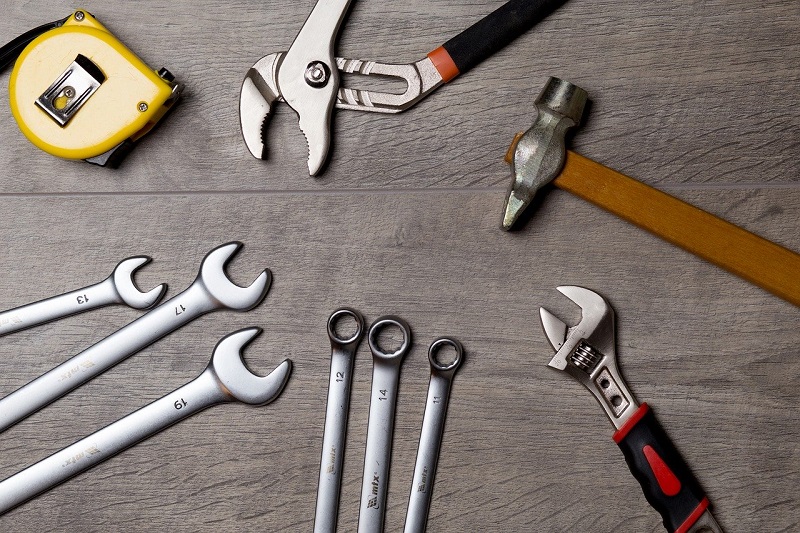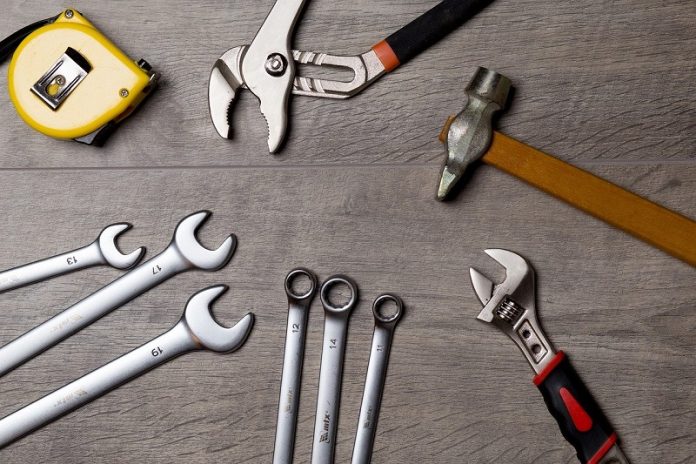Cerospace tooling is a critical aspect of the operation of an aeronautical tooling business. It is vital to the success of a company, but it can be tricky to know exactly what’s going on during this phase as you’re managing it. To help, we’ve put together a list of aerospace tooling that is most commonly used in aerospace tooling and described them in detail here.
Aerospace Tooling That Keeps Aerospace Engineering Processes Running Smoothly:
One of the most important parts of aerospace engineering is the tooling used to manufacture parts. Aerospace engineering processes are complex, and could not function without precision machining tools. There are several aerospace tooling processes utilized in the aerospace industry and a few are demonstrated below for informational purposes.

The Milling Processes:
The Milling process is one of the most recognizable aerospace tooling processes utilized in the manufacturing industry. The main purpose of milling is to make cuts or wedges over equipment. Nuts and bolts are made using milling machines and are utilized to join different segments of equipment.
The marks and cuts made over the different tools can vary from simple ones to complex wedges for screwing purposes. Some shafts are made to fit with each other utilizing the cuts and marks on the surface. The different kind of Milling procedures performed in the aerospace industry is listed below:
- Vertical and Horizontal Milling
- Side Milling
- Form Milling
- Face or Surface Milling
- Straddle Milling and many more.
The Swiss Turning Process:
The Swiss Turning process is utilized in creating smaller and more intricate cuts within different materials. This has been in use since the end of the 19th century and is utilized to make cuts and marks for fitting smaller gears and mechanical parts.
The main process of the intricate design is that it utilizes a bar stock fitted with a bushing guide. This provides support to the material and cuts are made on smaller components of various lengths. This process is widely used in the aerospace industry and is one of the most utilized aerospace tooling processes to create machine parts.
The Hard Turning Process:
The Hard Turning process mainly focuses on the finishing of a mechanical component or tool. It is quite similar to the soft turning method and does not need any extra skills for the process. Hard Turning is an affordable process and is utilized in many manufacturing industries.
Hard Turning can be performed to shape any kind of component to a prescribed state and dimension utilized in the process of creating a manufacturing unit. This process is an alternative to the grinding process that requires a higher-level certification in the subject.
Fixing and chatting the plane require abilities, and experts with great fixing and keeping up with abilities can dominate the equivalent reliably. However, to do as such with full certainty, the specialists should approach practically all of the very good quality avionics instruments. Today, we will share a few considerations on the top-notch aeroplane devices for upkeep in the wicked good segment.
The Grinding Process:
The Grinding process is performed to give a distinct shape to the components so that they fit into the required parts. Mainly, the process is concerned with smoothing and polishing the different areas of the components created. This process is widely utilized in the aerospace industry for finishing different manufacturing structures utilized in the development of the industry. The different sorts of grinding processes utilized in aerospace tooling are as follows:
- Face or Surface Grinding
- Contour Grinding
- Thread Grinding
- Cylindrical Grinding and many more.
CNC Machining process utilizing 5 axes:
This process is utilized in the aerospace industry to create a complete component with internal and external cut designs in the proper places. The CNC machine is loaded with 5 or 6 axes and is positioned to make the material and the heads move accordingly. Aerospace tooling helps in creating intricate cuts and marks over the material surface and performing operations in places that are quite difficult to reach.
There are a few advantages that accompany the utilization of instruments for flying devices. Be that as it may, you want to secure the most ideal apparatuses for the gig. With the assistance of the best aeroplane devices, you can encounter significantly more advantages. With the assistance of this article, you will come to be aware of the different advantages these instruments give to the flying business.

Conclusion:
The aerospace industry is the pinnacle of high-precision machining and tooling. The demand for extreme precision. coupled with innovative tools to achieve it, has led to this field as an area of great progress. With many different processes used in aerospace tooling, there will always be a need for advancements in new tools and old ones with improved capabilities. No matter what progress in technology may be, manufacturing will still require extremely precise tooling and processes to generate reliable aerospace tooling.


